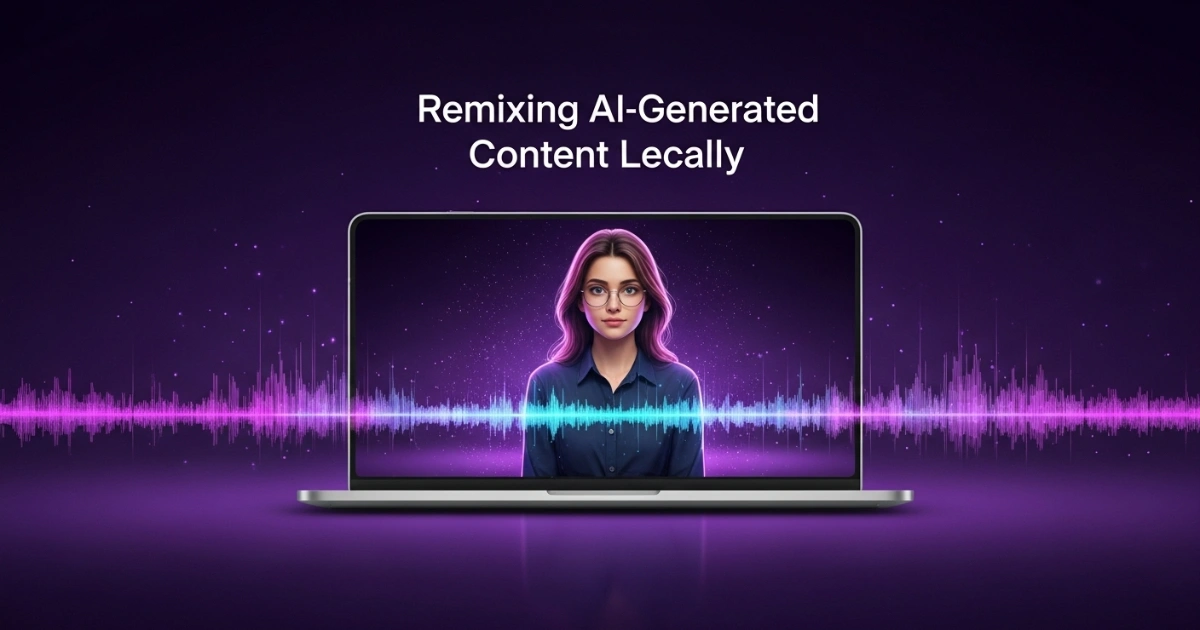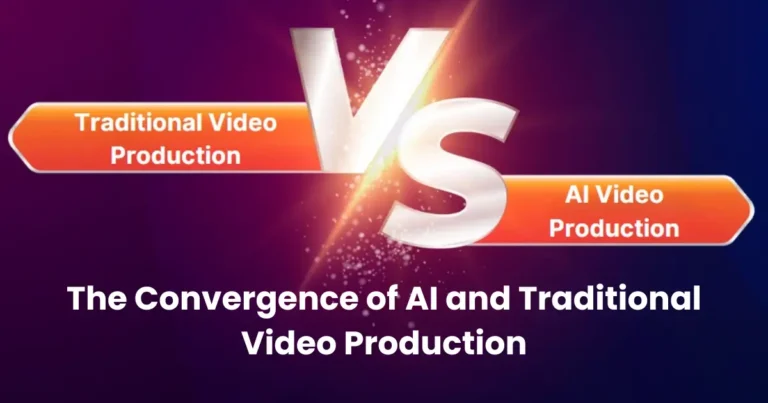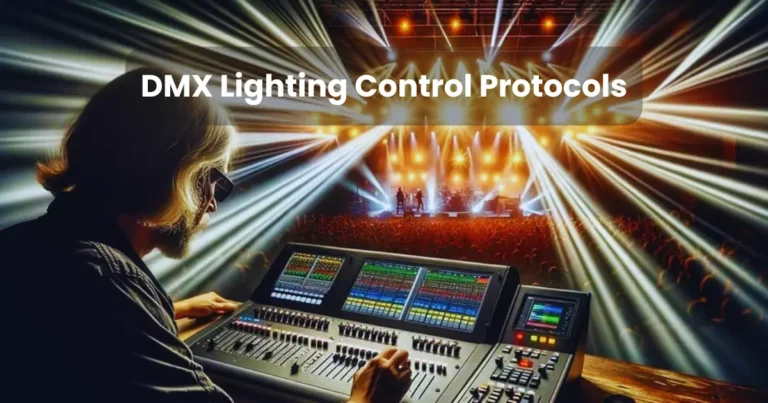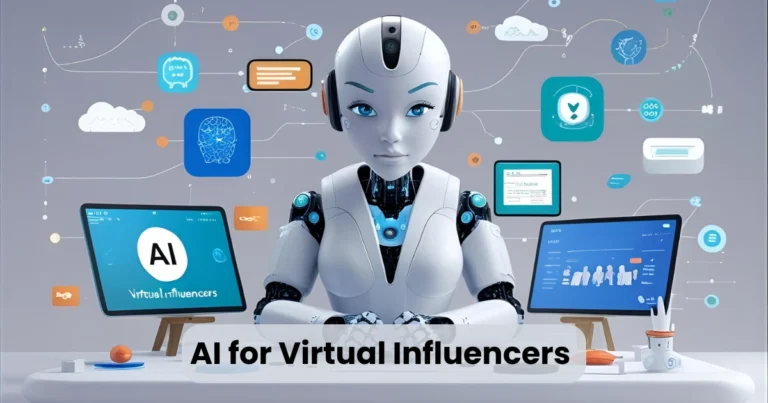Remixing AI-Generated Content Legally: A Comprehensive Guide

Contents
- 1 What Is AI-Generated Content?
- 2 Why Remix AI-Generated Content?
- 3 The Legal Landscape of AI-Generated Content
- 4 Ethical Considerations for Remixing AI Content
- 5 How to Remix AI-Generated Content Legally: Step-by-Step Guide
- 6 Best Practices for SEO Optimization
- 7 Common Pitfalls to Avoid
- 8 Case Studies: Successful Examples of Legal Remixing
- 9 The Future of AI Content Remixing
In today’s digital landscape, remixing AI-generated content legally is a topic that sparks curiosity among creators, marketers, and businesses alike. Artificial intelligence (AI) tools have revolutionized content creation, producing everything from blog posts to music and artwork. However, the legalities of remixing this content can be a gray area. As AI-generated outputs flood platforms, understanding how to ethically and lawfully remix them is crucial. This article dives deep into the legal frameworks, ethical considerations, and practical steps for remixing AI-generated content while staying compliant with laws in 2025. Whether you’re a content creator or a business owner, this guide will equip you with the knowledge to navigate this evolving space confidently.
What Is AI-Generated Content?
Before exploring the legalities, let’s define AI-generated content. Simply put, it’s any output—text, images, music, or videos—created by AI tools like ChatGPT, DALL·E, or MidJourney. These tools use complex algorithms to generate content based on user prompts. For instance, a blogger might use AI to draft an article, while an artist could generate a unique image for a project.
The rise of AI content has been meteoric. According to recent data, over 60% of marketers used AI tools for content creation in 2024, and this trend continues to grow in 2025. However, the ease of generating content doesn’t mean it’s free to use or remix without restrictions. Legal boundaries, ownership rights, and ethical concerns come into play, making it essential to understand the rules before remixing.
Why Remix AI-Generated Content?
Remixing AI-generated content involves taking AI outputs and modifying, combining, or repurposing them to create something new. For example, you might take an AI-generated blog post, rewrite sections, and add your insights to make it unique. Alternatively, an artist could blend AI-generated visuals with their own designs to craft a fresh piece.
Why is remixing so popular? First, it saves time. AI tools provide a starting point, reducing the effort needed to create content from scratch. Second, it sparks creativity by offering novel ideas or designs to build upon. Finally, remixing allows creators to tailor content to specific audiences, ensuring relevance and engagement. However, to remix AI-generated content legally, you must navigate copyright laws, licensing agreements, and platform policies.
The Legal Landscape of AI-Generated Content

Copyright and Ownership Issues
One of the biggest questions surrounding AI-generated content is: Who owns it? The answer isn’t always straightforward. In many jurisdictions, including the United States, AI-generated works may not qualify for copyright protection because they lack human authorship. The U.S. Copyright Office, for instance, has stated that works created solely by AI without significant human input cannot be copyrighted. However, if a human significantly modifies or enhances AI output, the resulting work may qualify for protection.
For remixing, this means you need to verify the ownership status of the original AI-generated content. If the content was created by a tool you used, check the platform’s terms of service. For example, OpenAI’s terms for ChatGPT grant users a license to use the output, but restrictions may apply for commercial use or redistribution. Always review these terms to ensure you’re remixing AI-generated content legally.
Licensing Agreements
Many AI platforms operate under specific licensing agreements. Some, like MidJourney, allow users to remix content for personal use but impose stricter rules for commercial purposes. Others, like Stable Diffusion, offer open-source models where outputs can be freely modified, provided you adhere to the license terms.
To stay compliant, read the fine print. Look for details on whether the AI tool allows remixing, redistribution, or commercial use. For instance, Creative Commons licenses are sometimes applied to AI-generated works, specifying how they can be used or remixed. Ignoring these terms could lead to legal disputes, so due diligence is critical.
Fair Use and Transformative Works
In some cases, remixing AI-generated content legally falls under the “fair use” doctrine in the U.S. or similar provisions in other countries. Fair use allows limited use of copyrighted material without permission, depending on factors like purpose, nature, amount used, and market impact. If your remix is transformative—meaning it adds significant new value or changes the original work’s purpose—it’s more likely to qualify as fair use.
For example, using an AI-generated image as a small part of a larger, original artwork could be considered transformative. However, fair use is complex and varies by jurisdiction, so consulting a legal expert is wise if you’re unsure.
Ethical Considerations for Remixing AI Content
Beyond legalities, ethical concerns play a significant role in remixing AI-generated content. First, consider attribution. Even if the law doesn’t require it, crediting the AI tool or original creator fosters transparency. For instance, stating “Image generated by DALL·E, remixed by [Your Name]” builds trust with your audience.

Second, avoid plagiarism. While AI-generated content may not always be copyrighted, passing it off as entirely your own without modification is unethical. Always add your unique perspective or creative input to ensure the remixed content reflects your voice.
Finally, be mindful of cultural or social implications. AI tools can inadvertently produce biased or offensive content. When remixing, review the output to ensure it aligns with ethical standards and doesn’t perpetuate harm.
How to Remix AI-Generated Content Legally: Step-by-Step Guide
To help you navigate the process, here’s a practical guide to remixing AI-generated content legally in 2025.

Step 1: Choose a Reputable AI Tool
Start by selecting an AI platform with clear terms of service. Popular options include:
- ChatGPT: Ideal for text-based content like articles or scripts.
- DALL·E 3: Great for generating and remixing visuals.
- MidJourney: Known for high-quality artistic images.
- Stable Diffusion: Offers open-source flexibility for remixing.
Each platform has unique licensing terms, so choose one that aligns with your project’s goals (e.g., personal vs. commercial use).
Step 2: Understand the Licensing Terms
Before remixing, read the AI tool’s terms of service and licensing agreement. Key questions to ask include:
- Can the output be used commercially?
- Are there restrictions on modifying or redistributing the content?
- Does the platform claim any rights over the generated content?
For example, OpenAI allows users to remix ChatGPT outputs but requires compliance with their usage policies. Save or document these terms for reference in case of disputes.
Step 3: Create Original Modifications
To remix AI-generated content legally, ensure your changes are substantial. For text, rewrite sections, add personal insights, or combine the AI output with your original content. For images, blend AI visuals with your designs or edit them significantly using tools like Photoshop. The goal is to create a transformative work that reflects your creativity.
For instance, if you’re remixing an AI-generated blog post, aim for at least 50% original content. This not only helps with legal compliance but also boosts SEO by making the content unique.
Step 4: Verify Copyright and Licensing Compliance
If you’re remixing content generated by someone else’s AI tool (e.g., an image shared on social media), confirm its licensing status. Platforms like X often host AI-generated content, but users may not always disclose the tool or license. Contact the original creator or check the platform’s terms to avoid infringement.
Step 5: Attribute When Necessary
While not always legally required, attributing the AI tool or original creator enhances credibility. For example, include a footnote like “Generated with MidJourney, remixed for this project.” This practice also helps you stand out as an ethical creator.
Step 6: Test for SEO and Originality
Before publishing, run your remixed content through plagiarism checkers like Copyscape or Grammarly to ensure it’s unique. For SEO, optimize the content with relevant keywords, headers, and meta tags. Ensure the main keyword, remixing AI-generated content legally, appears naturally throughout the article, maintaining a 1% density (approximately 30–35 times in a 3000–3500-word article).
Step 7: Publish and Monitor
Once your remixed content is live, monitor its performance using tools like Google Analytics. Track engagement metrics and adjust your strategy if needed. Additionally, stay updated on AI content laws, as regulations evolve rapidly.
Best Practices for SEO Optimization
To maximize the reach of your remixed AI content, follow these SEO best practices:
- Use the Main Keyword Strategically: Include remixing AI-generated content legally in the title, meta description, first paragraph, and subheadings. Maintain a 1% keyword density to avoid over-optimization.
- Incorporate Related Keywords: Use variations like “AI content remixing laws,” “legal AI content creation,” or “ethical AI remixing” to broaden your reach.
- Optimize Headers: Use H2 and H3 tags for subheadings to improve readability and SEO.
- Add Internal and External Links: Link to relevant pages on your blog and authoritative sources like the U.S. Copyright Office or AI platform terms.
- Use Alt Text for Images: If your remixed content includes visuals, add descriptive alt text with related keywords.
- Mobile Optimization: Ensure your blog is mobile-friendly, as Google prioritizes mobile-first indexing.
By combining legal compliance with SEO strategies, you can create content that ranks well and respects intellectual property laws.
Common Pitfalls to Avoid
When remixing AI-generated content, steer clear of these mistakes:
- Ignoring Terms of Service: Always check the AI platform’s rules before remixing or publishing.
- Minimal Modifications: Slightly tweaking AI output without adding significant value risks legal and ethical issues.
- Assuming Fair Use Applies: Fair use is not a blanket exemption. Consult a legal expert if you’re unsure about your remix’s status.
- Neglecting Attribution: Failing to credit the AI tool or original creator can harm your reputation.
- Over-Optimizing for SEO: Stuffing keywords beyond the 1% density can lead to penalties from search engines.
Case Studies: Successful Examples of Legal Remixing
To illustrate how to remix AI-generated content legally, let’s explore two real-world examples:
Case Study 1: Blog Content Remixing
A travel blogger used ChatGPT to generate a draft article about “Top Destinations in Europe.” To remix it legally, they rewrote 60% of the content, added personal anecdotes from their travels, and included original photos. They also credited ChatGPT in a footnote. The result? A unique, SEO-optimized post that ranked on Google’s first page and drove significant traffic.
Case Study 2: Visual Art Remixing
An artist used MidJourney to create a base image of a futuristic city. They then edited the image extensively in Photoshop, adding their signature style and combining it with hand-drawn elements. By disclosing the use of MidJourney and ensuring their work was transformative, they sold the artwork commercially without legal issues.
These examples highlight the importance of substantial modifications and transparency when remixing AI-generated content.
The Future of AI Content Remixing
As AI technology advances, so do the legal and ethical frameworks surrounding it. In 2025, we expect tighter regulations on AI-generated content, especially for commercial use. Governments worldwide are drafting laws to address ownership and copyright issues, which could impact how creators remix content. Staying informed about these changes is essential for anyone working with AI tools.

Moreover, AI platforms are likely to introduce clearer licensing models, making it easier to remix content legally. For instance, some platforms may offer “remix-friendly” licenses that explicitly allow modifications with minimal restrictions. Keeping an eye on platforms like X for updates on AI trends can help you stay ahead of the curve.
Conclusion
Remixing AI-generated content legally is both an art and a science. By understanding copyright laws, licensing agreements, and ethical considerations, you can create unique, compliant content that resonates with your audience. Follow the step-by-step guide outlined above, prioritize transformative modifications, and optimize for SEO to maximize your impact. As AI continues to shape the creative landscape in 2025, mastering the legalities of remixing will set you apart as a responsible and innovative creator. Start experimenting today, but always remix with care and compliance in mind.






